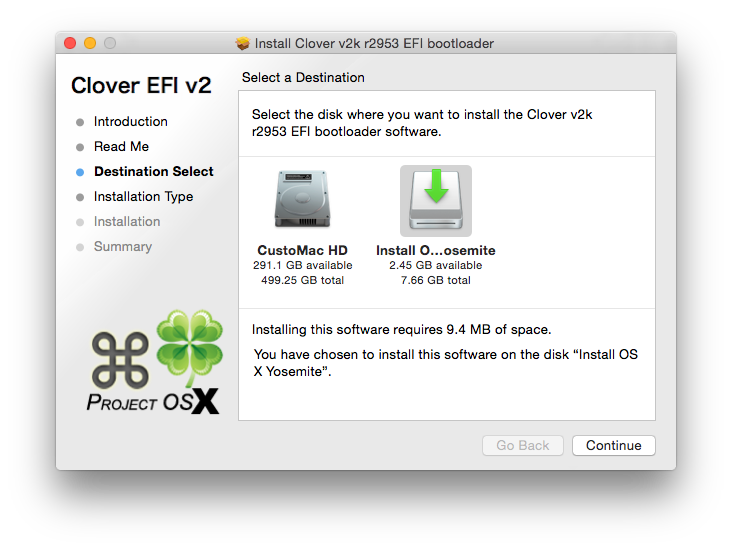
I've managed to get GRUB Legacy to successfully boot Linux on all of theĬomputers I owned in 2013.I have encountered significant system-to-systemĭifferences in how well it has worked. You want something with more "eye candy"- rEFIt and rEFInd are better choices for this.Īs a general rule, GRUB Legacy proved reliable to me however, I have not used it since 2013 or thereabouts.You want something that's installed by default-although Fedora used to use GRUB Legacy as its default boot loader, as far as I know, no distribution uses GRUB Legacy for EFI-mode booting today.

You want a boot loader that's being actively developed-GRUB Legacy has been discontinued in favor of GRUB 2.(Old versions of Fedora and related distributions could do this, but this facility is absent from most modern distributions.) You want a boot loader that will be automatically updated whenever you install a new kernel or OS.You want a boot loader that can chainload to a BIOS-mode boot loader.You want or need to use Secure Boot-Although you can sign a GRUB Legacy binary, it won't honor Secure Boot settings on the follow-on kernel, which at least partially defeats the point of Secure Boot.You need to chainload to another EFI-mode OS.Ĭonditions in which you should almost certainly not use GRUB Legacy include:.You cannot mount the ESP at /boot-GRUB Legacy includes filesystem drivers that enable it to load a kernel from most common Linux filesystems.You want a boot loader that's easy to configure manually, and you don't care about automatic configuration tools.You use GRUB Legacy in other environments (on a BIOS-based computer, for instance) and so are familiar with it.Overall, conditions when you might want to consider using GRUB Legacy include: It has, however, been discontinued in favor of GRUB 2. GRUB Legacy is, in some respects, a step up from ELILO and SYSLINUX, in that it provides some valuable extra features. This page thereforeĭescribes this variant of GRUB Legacy. Greatly modified version that includes EFI support. The official version of GRUB Legacyĭoesn't support EFI booting however, through version 17, Fedora used a The next page, Using GRUB 2, describes theĬurrent version of the boot loader. Which is the first, and now officially discontinued, version of the boot If a Web search has brought you to this page, you This page is part of my Managing EFI Boot Loadersįor Linux document.

Small donation to help keep this site up and running. If you find this Web page useful, please consider making a Outside ads however, I did take time to prepare it, and Web hosting doesĬost money. This Web page is provided free of charge and with no annoying Legacy by Rod Smith, written: last update:

Managing EFI Boot Loaders for Linux: Using GRUB Legacy Managing EFI Boot Loaders for Linux: Using GRUB


 0 kommentar(er)
0 kommentar(er)
